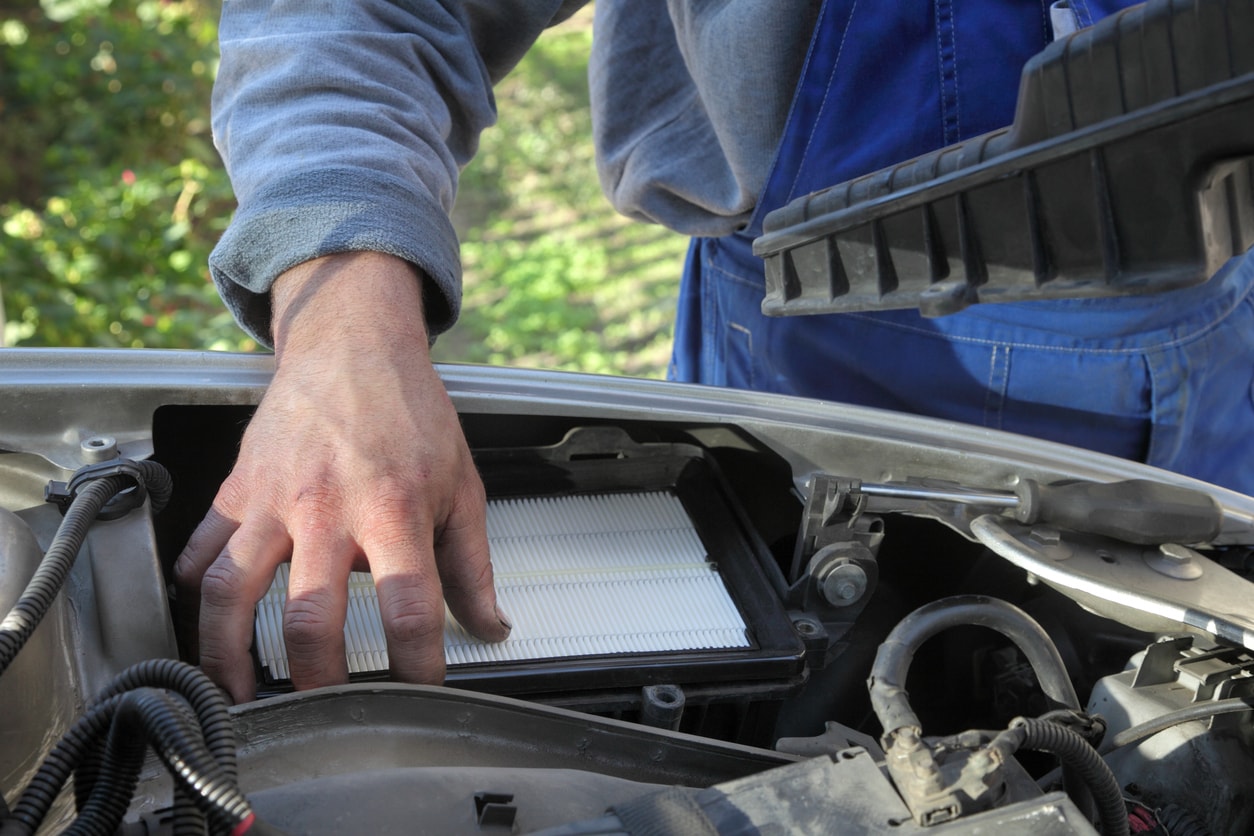Regular maintenance of your car is essential for its performance and longevity, with air filter replacement being a simple yet critical task. Your car’s air filter is responsible for preventing contaminants from entering the engine and compromising its operation.
A clogged air filter can reduce fuel efficiency, hinder engine performance, and lead to increased emissions.
Checking and replacing your car’s air filter is a straightforward DIY job that you can accomplish in just a few minutes. Car owners should typically inspect their air filters every 12,000 to 15,000 miles, but this can vary depending on driving conditions.
A clean air filter ensures your engine breathes easily, keeps it running smoothly, and can even enhance acceleration.
How To Change Air Filters In Car
Clean air filters are crucial for maintaining engine performance and longevity. Air filters prevent contaminants from entering the engine, ensuring only clean air mixes with fuel for combustion. Over time, air filters can become clogged, reducing airflow and negatively impacting engine efficiency and fuel economy.
Recognizing when to change an air filter is key. A drop in acceleration, unusual engine sounds, a misfiring engine, a check engine light, reduced horsepower, lower gas mileage, or visible dirt and debris are indicators that an air filter may require replacement.
Before starting the replacement process, gathering the necessary tools and materials is essential. Common items needed include a new air filter, screwdrivers, gloves, and a rag for cleanup. Ensure you purchase the correct filter matching your car’s make and model for optimal performance.
Preparing For The Change
Before attempting to change your car’s air filter, it’s crucial to locate the air filter housing. Typically, it can be found under the hood of the car in a black rectangular box with metal clips on the side. Consult your vehicle’s owner manual for specific instructions, as the location may vary depending on the model and make of your car.
Always prioritize safety by ensuring your car is turned off and the engine is cool to avoid burns or injuries. It’s also recommended to wear gloves to protect your hands from dirt and grease. Prepare your workspace by gathering the necessary tools, such as screwdrivers or pliers, used to open the air filter container. Keep in mind that proper disposal of the old filter is essential; store it in a bag until you can dispose of it correctly.
If at any point the process seems too complex or daunting, do not hesitate to consult a professional mechanic. Certain car models might have more intricate systems that require special tools or knowledge. Paying attention to the integrity of clips and housing is important, as damage might require professional attention.
Step-by-step Filter Replacement
Replacing the air filter in your car is a vital maintenance task, essential for ensuring optimal engine performance and longevity. Begin by locating your car’s air filter housing, which is typically found in the engine bay. Consult your vehicle’s manual for the exact location and procedure to access it.
Remove the old air filter by releasing the clips or screws that secure the housing. Gently lift the cover and take out the filter. Take this opportunity to inspect the air filter compartment for any debris or contamination that could affect the new filter’s efficiency—clean the compartment if necessary.
Continue by installing the new air filter. Make sure it fits snugly within the compartment, paying close attention to the orientation. Finally, secure the air filter housing back in place by re-fastening any clips or screws, ensuring it is tightly sealed to prevent unfiltered air from entering the engine.

Credit: www.aaa.com
Post-installation Checks
After installing a new air filter in your car, it’s crucial to ensure that it has been placed correctly. Visual inspection of the air filter housing should show a snug fit without any gaps where air could bypass the filter. It’s also essential that the housing cover latches are secure, indicating that the filter compartment is sealed properly.
Testing the vehicle’s performance following the installation involves a few simple checks. Be attentive to the engine’s idling; it should be smooth without any unusual noises. During a test drive, the car should exhibit normal acceleration and engine responsiveness, as an improperly installed filter can affect the engine’s power.
- Clean air filters regularly to prevent dirt and debris buildup.
- Avoid using compressed air which can damage filter fibers.
- Replace air filters every 12,000 to 15,000 miles, or as specified in your car’s owner’s manual.
- Noting the current mileage aids in planning when the next air filter change should occur.
Conclusion
Regular air filter maintenance ensures your car runs smoothly. By following the steps outlined, you can easily replace your filter, boosting performance and air quality. Don’t overlook this simple task—it’s key to a healthier vehicle and a better driving experience.
Stay proactive about car care for optimal results.
